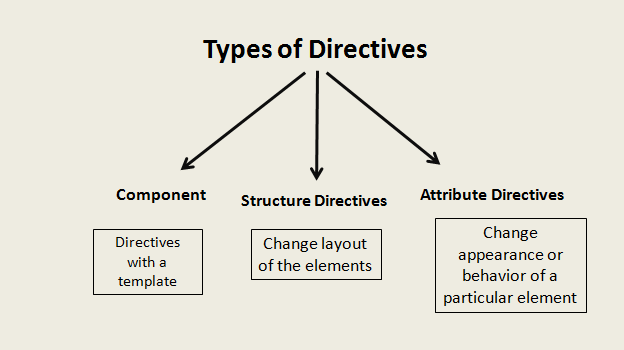Exploring Angular Directives

Exploring Angular Directives
Angular, a popular JavaScript framework developed and maintained by Google, is renowned for its capability to create robust single-page applications. One of the core features contributing to its efficacy is Angular Directives. Directives offer a way to extend the HTML syntax, creating custom, reusable components. In this article, we’ll dive deep into Angular Directives and walk you through some practical examples.
What are Angular Directives?
Angular Directives are classes that interact with the DOM (Document Object Model), manipulating elements in various ways to create dynamic, interactive components. These classes are identified by Angular via the decorator “@Directive”. There are three types of directives in Angular:
- Component Directives: These are the most common directives and they define the Angular components.
- Attribute Directives: These directives change the behavior or appearance of a DOM element, component, or another directive.
- Structural Directives: These directives modify the DOM layout by adding and removing DOM elements.
Recent Posts